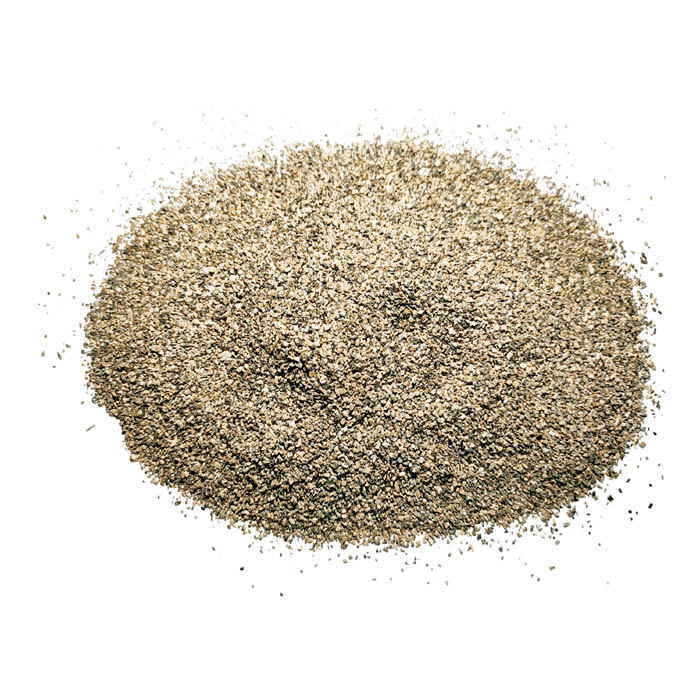Nov . 15, 2024 13:03 Back to list
basic oxygen steel making
Basic Oxygen Steelmaking Revolutionizing Steel Production
The Basic Oxygen Steelmaking (BOS) process, also known as the Oxygen Converter Process, has transformed the steel industry since its inception in the mid-20th century. The method significantly enhances steel production efficiency while lowering costs and improving product quality. This article delves into the fundamental principles of the BOS process, its operational mechanics, advantages, and the future outlook for this innovative steelmaking technique.
At its core, the BOS process is a method of converting iron ore into steel by blowing pure oxygen into molten iron, which is typically sourced from a blast furnace. The introduction of oxygen reacts with carbon present in the molten iron, leading to the formation of carbon dioxide and the reduction of carbon content in the steel. This reaction is exothermic and generates significant heat, which is beneficial in maintaining the molten state of the metal throughout the process.
Basic Oxygen Steelmaking Revolutionizing Steel Production
One of the unique features of the BOS process is its ability to utilize varying ratios of scrap steel and molten iron, making it versatile and adaptive to the demands of steel production. Typically, the process can convert hot metal produced in a blast furnace or employ a higher ratio of scrap steel depending on availability and economic conditions. This flexibility allows steel manufacturers to optimize their operations for cost-efficiency and material availability.
basic oxygen steel making

The main advantages of the Basic Oxygen Steelmaking process lie in its efficiency and speed. A single BOS converter can produce steel in as little as 30 to 40 minutes, compared to other methods like Open Hearth Furnaces, which can take several hours or even days. Moreover, the energy levels required for BOS operations are significantly lower, enabling plants to reduce operational costs while maintaining high production outputs.
Another significant benefit of the BOS process is the reduction in environmental impact. By utilizing scrap steel, the process promotes recycling and conserves raw materials. Furthermore, the efficient combustion of carbon results in lower emissions of harmful byproducts. Steel produced through the BOS process often contains fewer impurities, yielding higher quality steel suitable for various applications ranging from construction to automotive manufacturing.
Rapid advancements in technology and metallurgy continue to drive improvements in the BOS method. Modern converters are now equipped with advanced monitoring systems that allow for real-time control of chemical reactions within the vessel. These advancements enhance the precision of the steel-making process, thereby producing steel with optimal properties and reducing waste. Additionally, innovations like Continuous Casting have integrated with the BOS process to streamline the production of finished steel products.
As the global demand for steel continues to increase, the Basic Oxygen Steelmaking process is expected to play a pivotal role in meeting market needs. The ongoing focus on sustainability and reducing carbon footprints in industrial processes also drives interest in refining and improving the BOS method. Steelmakers worldwide are exploring ways to integrate carbon capture technologies and hydrogen as part of the steel-making process, which may further reduce emissions associated with oxygen use.
In summary, the Basic Oxygen Steelmaking process has revolutionized steel production with its combination of speed, efficiency, and environmental considerations. As an indispensable method in the modern steel industry, it has paved the way for more sustainable practices while continuing to produce high-quality steel essential for infrastructure and development. The future of BOS looks promising as it adapts to new technologies and environmental challenges, ensuring its place as a cornerstone of steelmaking for years to come.
-
Eco-Friendly Granule Covering Agent | Dust & Caking Control
NewsAug.06,2025
-
Fe-C Composite Pellets for BOF: High-Efficiency & Cost-Saving
NewsAug.05,2025
-
Premium Tundish Covering Agents Exporters | High Purity
NewsAug.04,2025
-
Fe-C Composite Pellets for BOF | Efficient & Economical
NewsAug.03,2025
-
Top Tundish Covering Agent Exporters | Premium Quality Solutions
NewsAug.02,2025
-
First Bauxite Exporters | AI-Optimized Supply
NewsAug.01,2025
